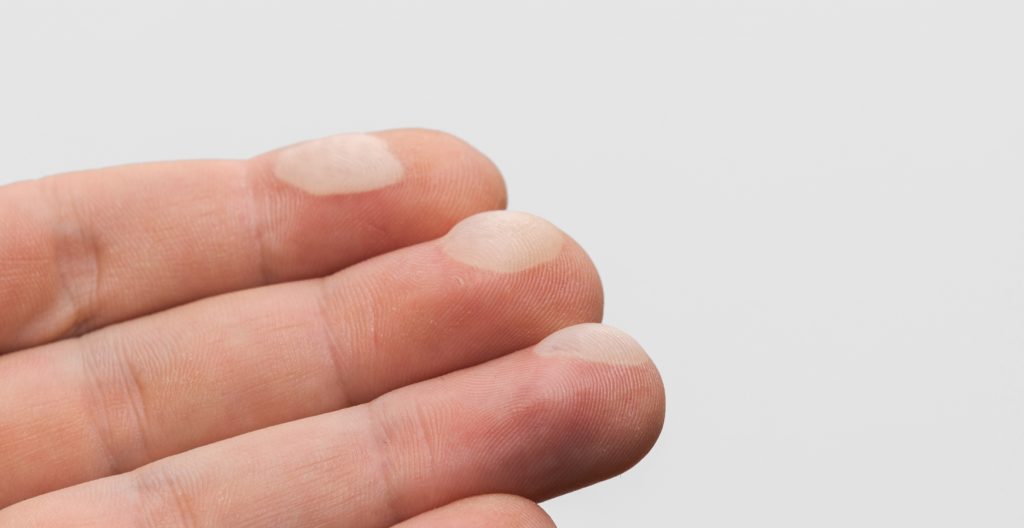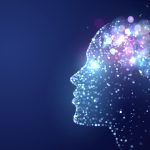Have you ever thought about why we have pain? It’s something we have grown up with, and is very familiar to us, but why do we get it? What’s its purpose?
The following is a very simple explanation of why we have pain, based on current pain science. The explanation also touches on the processes thought to be involved in the experience of pain.
In order to explain some of the processes involved in pain let us consider what happens when you touch a pan with your finger. There are sensors in your fingers that sense the touch and the temperature, called nociceptors. If the pan is just room temperature, then these sensors will not be activated. There is no need for the body to activate them, everything is fine. However, if the pan is very hot then the sensors will send a barrage of messages (electrical impulses) to the central nervous system. I like to think of these messages as being something like ‘help me, you need to do something’, or ‘help, somethings wrong with my finger’.
In very simple terms, these messages are sent up to the spinal cord into a part called the dorsal horn. From here the messages can be relayed to the brain to be processed, with a possible output of pain.
Under normal circumstances I would expect to now feel pain that is uncomfortable enough to cause me to move my hand away and warn me that touching a hot pan is not a good idea! The pain is effectively warning me of a threat to my body, and prompting me to act to stop that threat. If I didn’t experience this pain then I might leave my hand on the hot pan and suffer burns.
Interestingly the level of pain I experience from the same temperature hot pan can vary depending on a range of other factors. Sometimes I may hardly feel any pain at all. For example, if I knew that I had to pick up the pan quickly to stop my toddler being scalded by boiling water then I may not experience any pain at all until the danger to the toddler had passed. I would be temporarily ‘desensitised’ to pain in order to save the toddler. At other times I may feel much more pain than I would normally expect. For example, if the finger I touched the hot pan with had an open wound on it then I would be in a ‘sensitised’ state and my pain would feel sky high! My body would be effectively telling me that my finger is already injured, so damaging it even more is just stupid!

If the pan was hot enough, and my finger was on there long enough, then I would experience an injury, a burn. The tissues on my finger would be damaged and they would need to repair. The human body is very clever in being able to carry out these repairs, but they do take some time. Whilst the injury is healing it is important that I look after the injury and don’t subject it to any further damage, or risk infection. The ongoing pain I feel not only ensures that I know exactly which part of me has been injured, but also serves as a reminder to me to look after the injury site. For example, it wouldn’t be helpful if I started to do some gardening and immersed my hands in soil or sand as it would be easy for bacteria to cross my finger injury site, enter my body and potentially make me very ill. The pain acts as a reminder to be careful what I do, to keep the injury clean and dry, and just generally look after it.
If I poke or prod the burn on my finger then what doesn’t normally hurt now does. My finger has become sensitised.
Under normal circumstances as my finger heals then the pain and sensitisation gradually disappears, but sometimes things can go wrong and the pain and sensitisation can continue.
Although I have used an example of a physical injury, a burn, pain is also experienced in a similar way as a response to illness/disease. Occasionally it is unclear why we are experiencing pain.
So in summary pain is an experience that can warn you of a threat to your body, such as an injury or disease. It can help ensure you look after the affected body part whilst it is healing and recovering. Sometimes pain can continue once healing has finished, and sometimes you can experience pain without any obvious injury or disease. Although pain is unpleasant, it is an essential part of our protective mechanisms and our existence. It helps to look after us and keep us well.






